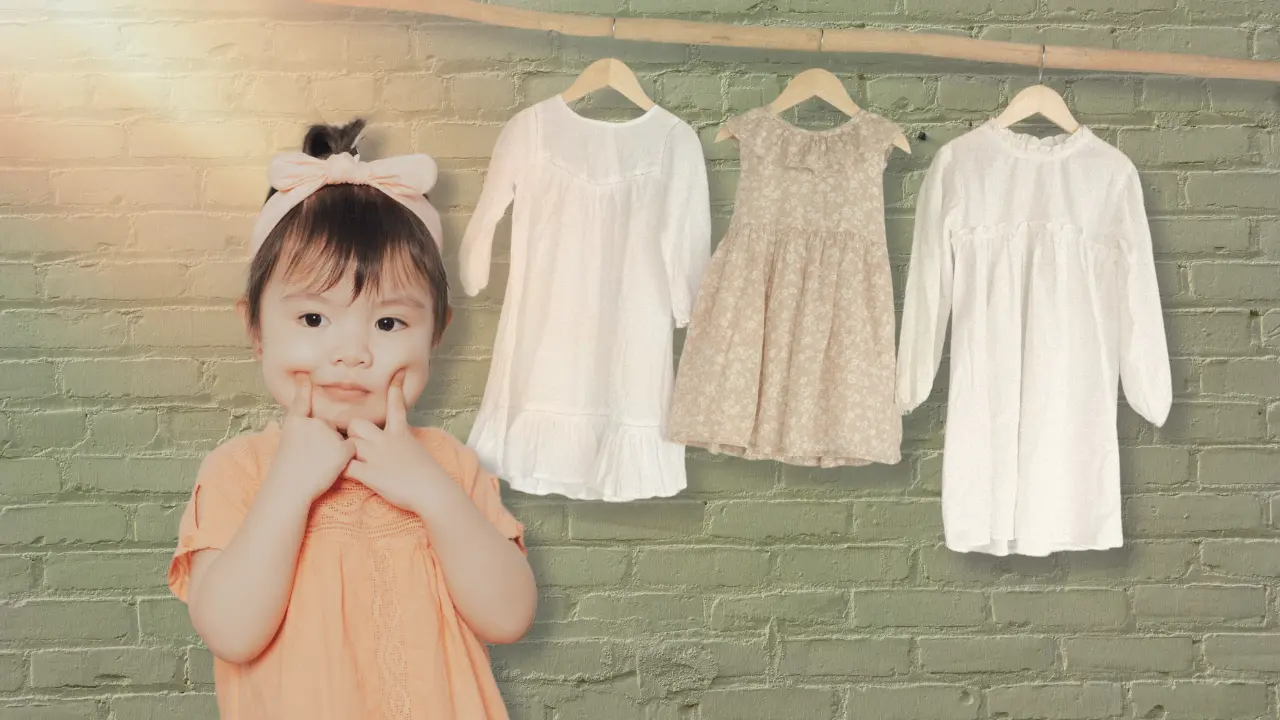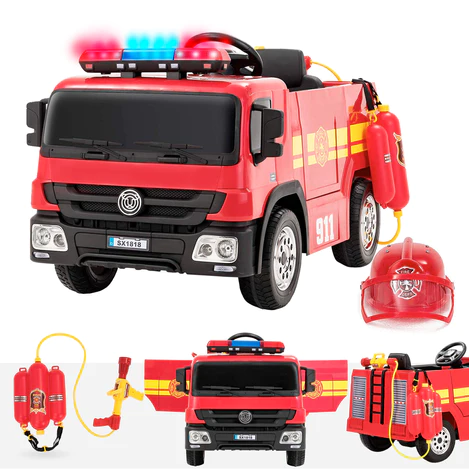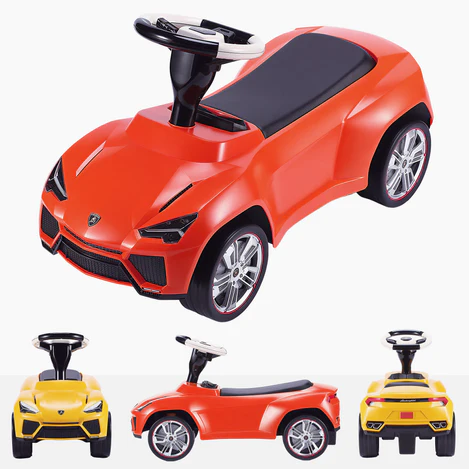As parents, there may come a point where we often find ourselves completely overwhelmed with the never-ending cycle of buying, washing, and organising our children’s clothes, all while trying to save on kids’ clothing.
This constant cycle can be exhausting and costly, pushing us to look for more efficient and economical solutions.
Some suggest that a minimalist wardrobe could range from 20 to 50 items, focusing on essentials and what fits within available storage space.
The concept of a minimalist wardrobe for your child not only simplifies these tasks but also introduces a sustainable and mindful way of living.
In this guide, we’ll explore how you can curate a minimalist wardrobe for your child, ensuring it’s practical, stylish, and in line with your ethical values.
Table of Contents
ToggleInventory Assessment: Understanding What You Have
Taking stock
Begin by creating a comprehensive inventory of your child’s current wardrobe.
This involves laying out all clothing items and categorising them by type, such as tops, bottoms, outerwear, and special occasion outfits.
Assess each item for its frequency of use – you might discover clothes that haven’t been worn in months or duplicate items that aren’t necessary.
This initial step provides a clear baseline from which to build a more streamlined, minimalist wardrobe.
Seasonal needs
Consider the specific clothing needs for the upcoming season.
For instance, in preparation for winter, ensure there are enough warm layers, coats, and appropriate footwear.
Conversely, for summer, focus on lighter fabrics and protective sunwear.
This targeted approach prevents the common pitfall of overbuying for seasons and ensures that your child has exactly what they need for the climate they’re in.
Condition check
Examine each piece of clothing for its condition – look for signs of wear and tear, such as holes, stains, or fading.
Determine which items can be repaired or repurposed and which should be donated or recycled.
This step is essential for maintaining a high-quality wardrobe that reflects a commitment to minimalism and sustainability.
It also helps in making space for new items that may be needed.
Age-appropriate selections
When curating a minimalist wardrobe for kids, it’s vital to consider their age and stage of development.
Simplify kids’ clothing by choosing age-appropriate items that support your child’s growth.
This not only makes it easier to declutter kids’ clothing but also ensures the wardrobe evolves with your child.
Capsule Planning: Crafting a Functional Wardrobe
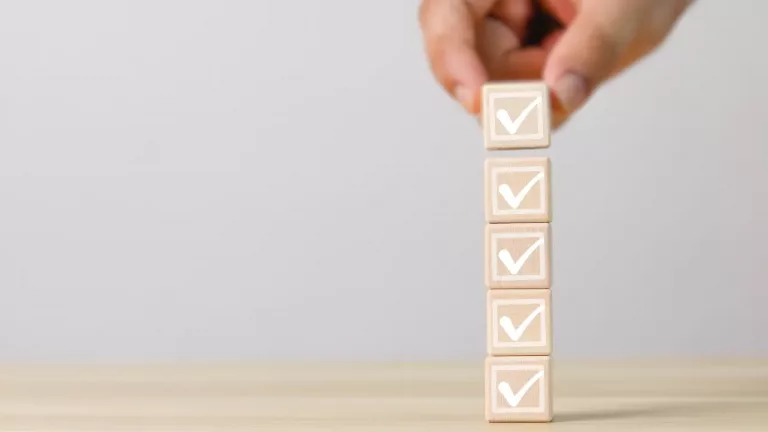
Checklist creation
Armed with knowledge of your current inventory, create a checklist for the season.
This might include a set number of shirts, trousers, dresses, or shoes.
Stick to this list to avoid impulse buys.
Needs vs. wants
Differentiating between ‘needs’ and ‘wants’ is a critical aspect of creating a capsule wardrobe for your child.
‘Needs’ are the essential items required for everyday use, such as school uniforms, basic tops and bottoms, and seasonally appropriate clothing.
‘Wants’, on the other hand, are items that may be desirable but not essential, like trendy pieces or additional colors of the same item.
To keep the wardrobe minimalist, focus primarily on the ‘needs’.
This not only streamlines the wardrobe but also teaches your child the value of simplicity and thoughtful consumption.
Budgeting
Setting a budget is an essential step in the capsule wardrobe process.
It helps in making mindful purchasing decisions and avoiding impulsive buys.
Determine a realistic budget based on your financial situation and the actual needs of your child’s wardrobe.
Remember, investing in high-quality pieces may have a higher upfront cost but can save money in the long run due to their durability.
Additionally, consider allocating a portion of your budget for unexpected growth spurts or wear and tear replacements.
A well-planned budget ensures that the wardrobe stays functional, minimal, and within financial means.
Involving your child
Involving your child in the planning of a kids’ capsule wardrobe can be both fun and educational.
This involvement not only makes them feel valued but also teaches them about making thoughtful choices, such as selecting versatile kids’ clothing that can be mixed and matched.
Sustainable choices
Embracing Minimalism and Ethical Shopping
Choosing sustainable options is at the heart of a minimalist wardrobe.
This involves selecting clothes made from eco-friendly materials, such as organic cotton, bamboo, or recycled fabrics.
It also means considering the entire lifecycle of the clothing, from production to disposal.
Sustainable choices reduce environmental impact and support ethical practices in the fashion industry.
Educate yourself and your child about the importance of sustainability in clothing, and how each choice can contribute to a healthier planet.
Brand selection
Selecting the right brands is crucial in maintaining the ethos of a minimalist and ethical wardrobe.
Look for brands that are transparent about their manufacturing processes, adhere to fair labor practices, and are committed to environmental sustainability.
Many brands now offer ethical clothing lines specifically for children.
Do your research to find companies that align with your values, and don’t hesitate to reach out to brands directly with questions about their practices.
This step ensures that your child’s wardrobe is not only minimalist in its quantity but also in its impact on the world.
Quality over quantity
The mantra ‘quality over quantity’ is key to a minimalist wardrobe.
Investing in high-quality items means that they are more likely to last longer, withstand the rigors of child’s play, and reduce the need for frequent replacements.
Look for well-constructed items with durable materials. Although they may come with a higher price tag, their longevity makes them more cost-effective in the long run.
This approach also helps in reducing waste, as fewer items will end up in landfills.
Teach your child to appreciate and care for their quality items, instilling a sense of value and responsibility towards their belongings.
Second-hand and swap options
Curating a capsule wardrobe for your child doesn’t have to mean buying everything new.
Second-hand shops are excellent for finding kids’ capsule wardrobe essentials.
Plus, it teaches valuable lessons about reusing and recycling, aligning with the minimalist ethos of organising kids’ clothes sustainably.
The 5 Pillars of a Curated Closet
- Climate Adaptation: Choose clothes that are appropriate for your local weather conditions, ensuring your child is comfortable throughout the year.
- Lifestyle Alignment: Select clothes that suit your child’s daily activities. For instance, if they’re active, look for durable and flexible items.
- Comfort and Fit: Prioritise your child’s comfort and ensure clothes fit well, considering their rapid growth.
- Personal Style: Incorporate your child’s style preferences. This encourages them to wear what they have and express their individuality.
- Functionality: Focus on versatile pieces that can be mixed and matched, creating more outfit options with fewer items.
Seasonal transition tips
To maintain a seasonal capsule wardrobe for kids, establish a system for storing off-season clothing.
This practice not only saves space but also ensures you’re reusing clothes year after year, making the wardrobe minimalist and functional
The "One In, One Out" Rule
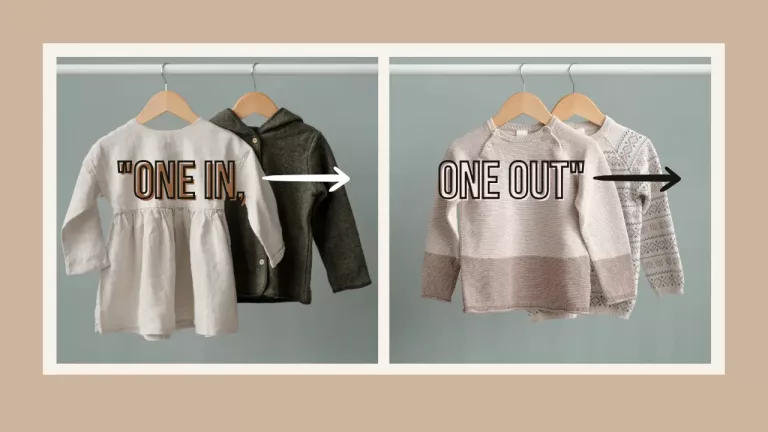
Wardrobe limit
Decide on a specific number of items for the wardrobe.
This limit helps maintain a minimalist approach and makes daily choices easier.
Maintaining minimalism
Adopt the one item in, one item out policy.
When a new item is added, an old one should leave.
This keeps the wardrobe size in check.
Regular reviews
Periodically reassess the wardrobe, removing items that no longer fit or are no longer worn.
This ongoing process keeps the wardrobe current and functional.
Practical Tips for Maintaining a Minimalist Wardrobe
Organising and caring for your child’s clothes are key in maintaining a minimalist wardrobe.
Use storage solutions that make the most of your space and teach your child to care for their clothes, extending their lifespan.
Practical Tips for Laundry and Clothing Care
Adopting strategies for efficient laundry management can significantly reduce laundry for kids.
Encouraging children to take care of their clothing reduces the frequency of washing, aligning with the minimalist goal of simplicity and sustainability.
Encouraging a Mindful Lifestyle Beyond Clothing
Embracing minimalism in your child’s wardrobe often reflects their kids’ fashion preferences.
This approach extends to other areas of life, fostering an environment that values quality and mindfulness, resonating with the overarching theme of a minimalist lifestyle.
In Summary:
Curating a minimalist wardrobe for your child is a thoughtful journey towards simplicity, sustainability, and mindful consumption.
By taking stock of what your child has, understanding their seasonal needs, and ensuring each item is age-appropriate and in good condition, you lay the foundation for a functional and streamlined wardrobe.
Involving your child in this process not only makes it a collaborative and educational experience but also teaches them the value of making conscious choices.
Emphasising the importance of differentiating between needs and wants, and setting a realistic budget, helps in building a capsule wardrobe that is both practical and financially sustainable.
Opting for sustainable choices, selecting ethical brands, and focusing on quality over quantity, further solidifies your commitment to a lifestyle that values the environment and ethical practices.
Remember, a minimalist wardrobe for your child is more than just about having fewer items; it’s about making room for quality, growth, and values that last a lifetime.
By adopting this approach, you not only simplify your daily routines but also contribute positively to the world, instilling in your child the principles of responsibility and mindful living.
Let this journey be a rewarding experience that extends beyond clothing, influencing a more mindful and organised lifestyle for your entire family.
FAQ's:
Start by giving your child simple choices, such as picking between two shirts or selecting their favorite color for a new pair of trousers. For older children, involve them in discussions about the functionality and necessity of each item. This not only empowers them but also educates them on making mindful choices.
Look for quality second-hand items, take advantage of sales, and use coupons and vouchers from websites like ours. Focus on purchasing versatile and durable items that can be mixed and matched, reducing the overall number of pieces needed.
It’s ideal to reassess the wardrobe at least twice a year, typically during seasonal transitions. However, for younger children who are growing quickly, a quarterly review might be necessary to ensure their clothing still fits comfortably and meets their needs.
Maintain flexibility in the wardrobe by selecting items with adjustable features, like pants with elastic waistbands. As your child grows and their style evolves, involve them in selecting new items, ensuring the wardrobe remains aligned with their preferences while sticking to minimalist principles.
